Address: Ar Zar Ni St.
Year built: 1984
Architect: U Sun Oo
After more than 20 years of restricted access, the Martyrs’ Mausoleum opened to the public again in 2013. This is where the victims of the 19 July 1947 assassination in the Secretariat, including General Aung San, are entombed and commemorated. A previous mausoleum to honour the victims of the 1947 assassination was erected in the early 1960s on a nearby site. In 1982, architects from all over Burma were invited to submit designs for a new commemorative structure. U Sun Oo, at the architecture faculty of Institute of Technology at the time, submitted a design on behalf of the school. The design’s main idea was to create an informal covered space for ordinary Burmese to pay respect to their heroes while at the same time learning about the recent history of the country. The architecture was to be simple and elegant, using locally sourced timber.
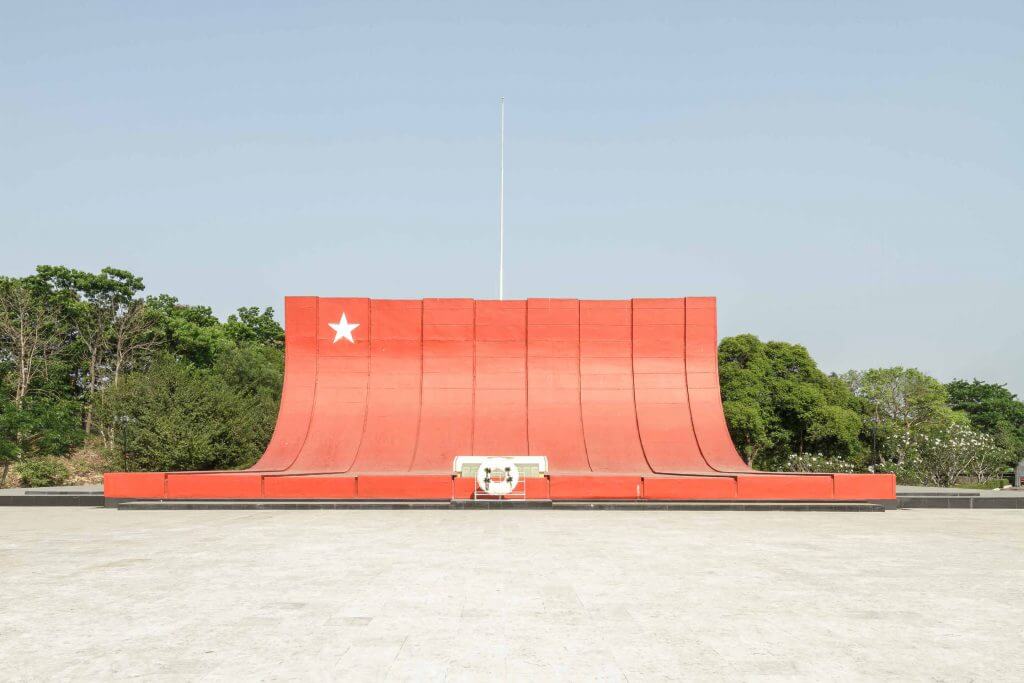
Alas, the existing memorial became the scene of another brutal assassination on 9 October 1983. A high-level delegation from South Korea was visiting the mausoleum when a bomb planted inside exploded, killing 21, including South Korea’s minister for foreign affairs and its deputy prime minister. South Korean President Chun Doo-hwan got away unscathed because his car was delayed in traffic. The bomb was planted by North Korean agents and destroyed much of the earlier structure.
This was seen as an omen. U Sun Oo and his 12-strong team were asked to redesign their monument to be bombproof, and to do it fast! Over a two-month period, the plans were completely reworked. They now featured nine curved—and staggered—upwardly pointing cantilevered reinforced concrete ribs. Based on a study of similar monumental sites in Burma, U Sun Oo and his team carefully considered the approach that visitors would take to the site, opting for a processional route arriving from the south to the feet of the buried heroes.
But then Ne Win personally got involved. Following his intervention, the design was watered down, weakening its architectural integrity. A road for official cars was instructed. Now there were to be two tiers of visitors, ordinary people and the elite. The road approached the site from the northeast, arriving at a handy drop-off point at the steps of the podium. Plans for a cut-out star adorning the left-hand rib were ditched. The elegant cantilevered ribs were deemed too daring, structurally, and a supporting wedge was added behind them. The materials were cheapened too, such as the floor surface: the one eventually used is unbearably hot in the sun, making it impossible to stand barefoot. Visitors have to wear shoes—highly disrespectful in Burmese tradition.
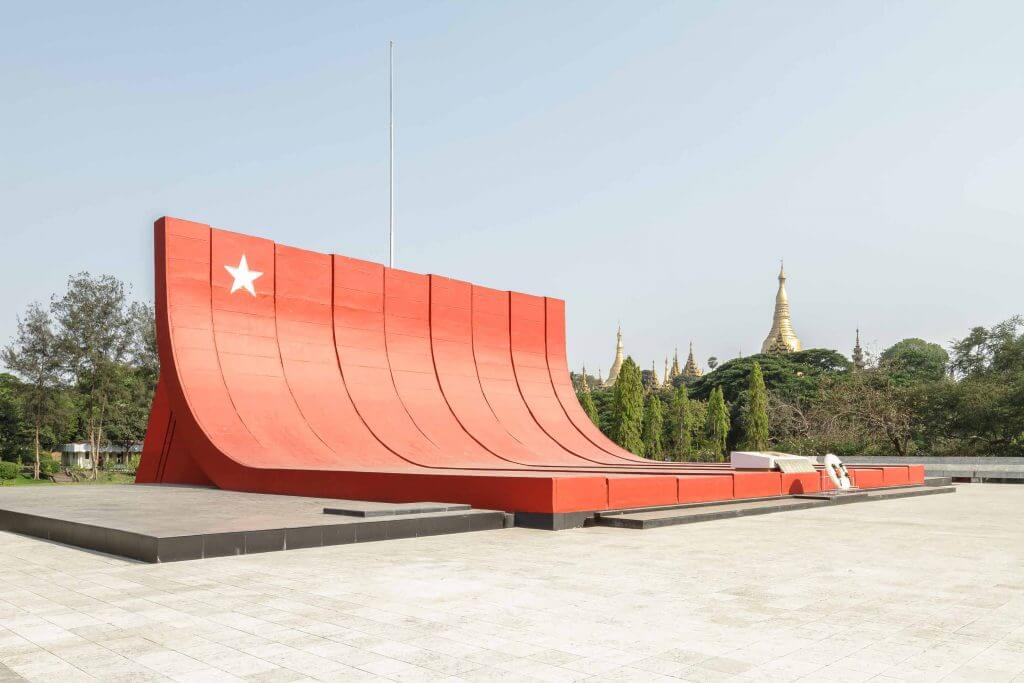
While U Sun Oo is credited as the architect of the project, you couldn’t blame him for wanting to disown it. His original idea for an egalitarian and elegant place of respect, mourning and education has become a bombastic and lifeless monument to the authoritarian cheapness of Ne Win. In addition, the architect wasn’t paid for the commission—it was deemed part of his work as a university lecturer. This is a story of broken dreams, one with which many architects will sympathise. U Sun Oo still works today and chairs the local architectural firm Design 2000. He is also a board member of the Yangon Heritage Trust and an outspoken supporter of urban conservation projects.
Although the monument is perhaps an architectural disappointment and certainly fell short of its creator’s ambitions, it retains symbolic power. As his daughter became the opposition’s figurehead, the cult of General Aung San was repressed by the military junta after 1988. The mausoleum became off limits to the public and the site was patrolled by soldiers. With the country’s recent opening-up, the authorities lifted these restrictions in 2013. Martyrs’ Day celebrations were once again held at the site of the mausoleum, involving Myanmar’s top political leadership from both government and opposition. Although President Thein Sein declined to attend, his Vice President Sai Mauk Kham represented him. Aung San Suu Kyi was reported to have “appreciated the manner in which the government had marked the day”.
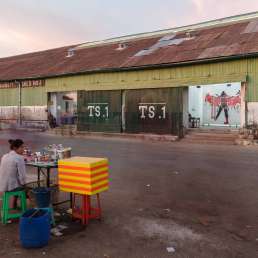
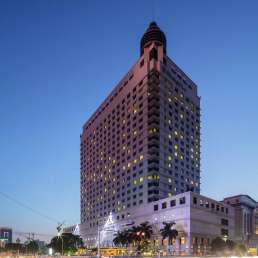
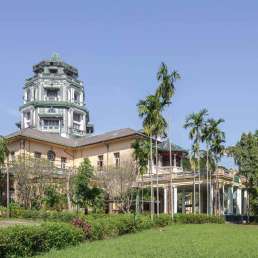
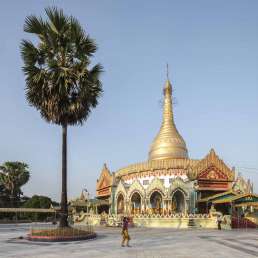
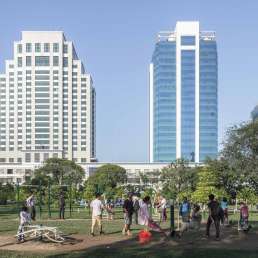
I visited this sacred place on 6-12-2019. The environment is well kept, serene, and heart filling. I felt sad for the assassinated patriots of Myanmar. Salutes to Bogyoke Aangsan